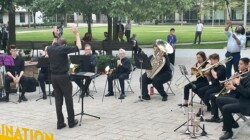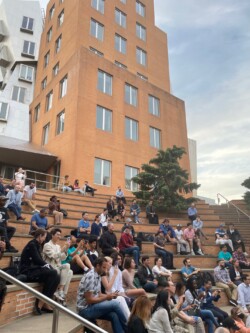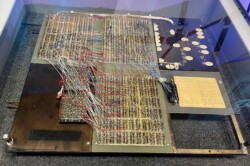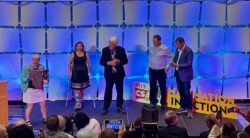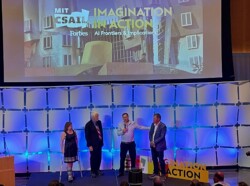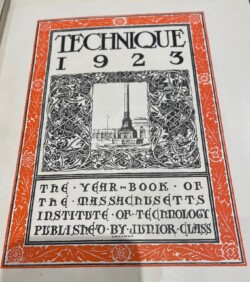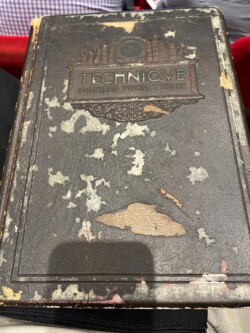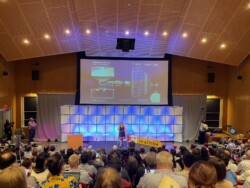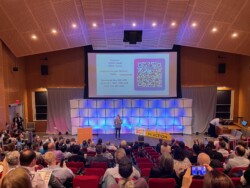

The second “Imagination In Action” Summit has been running for 12 (twelve!) hours straight, featuring 60 speakers. There are a lot of talks to process, digest, and remember, covering subjects ranging from AI security to AI for kids. And as a nice touch at the end, we got to listen to a live orchestra! Just a few highlights from the conference:
Michael Stonebreaker revealed the potential of Database Operating Systems (DBOS) for improving security. He proposed managing the OS state as a database management system, in which everything is a table. This approach eliminates the need for Kubernetes, reduces the attack surface, enhances self-attack detection, facilitates self-recovery, and can be used instead of AWS Lambda.
Armando Solar Lezama proposed an interesting blend of traditional programming principles with deep learning, a concept he referred to as ‘Neurosymbolic Learning’. He presented the ‘DreamCoder’, a hybrid controller for training that abstracts and dreams during its sleep phase.
Stefanie Jegelka addressed the use of Deep Learning for complex tasks and how models can be guided to learn specific tasks. She critiqued the limitations of Graph Neural Networks (GNN) using graph theory and suggested the use of the graph Laplacian, although it’s not perfect.
The conference offered insights into the future of AI, showcasing the latest research and discussing the potential implications. It was a testament to the vibrant and innovative work happening at MIT CSAIL and across the broader AI community.

